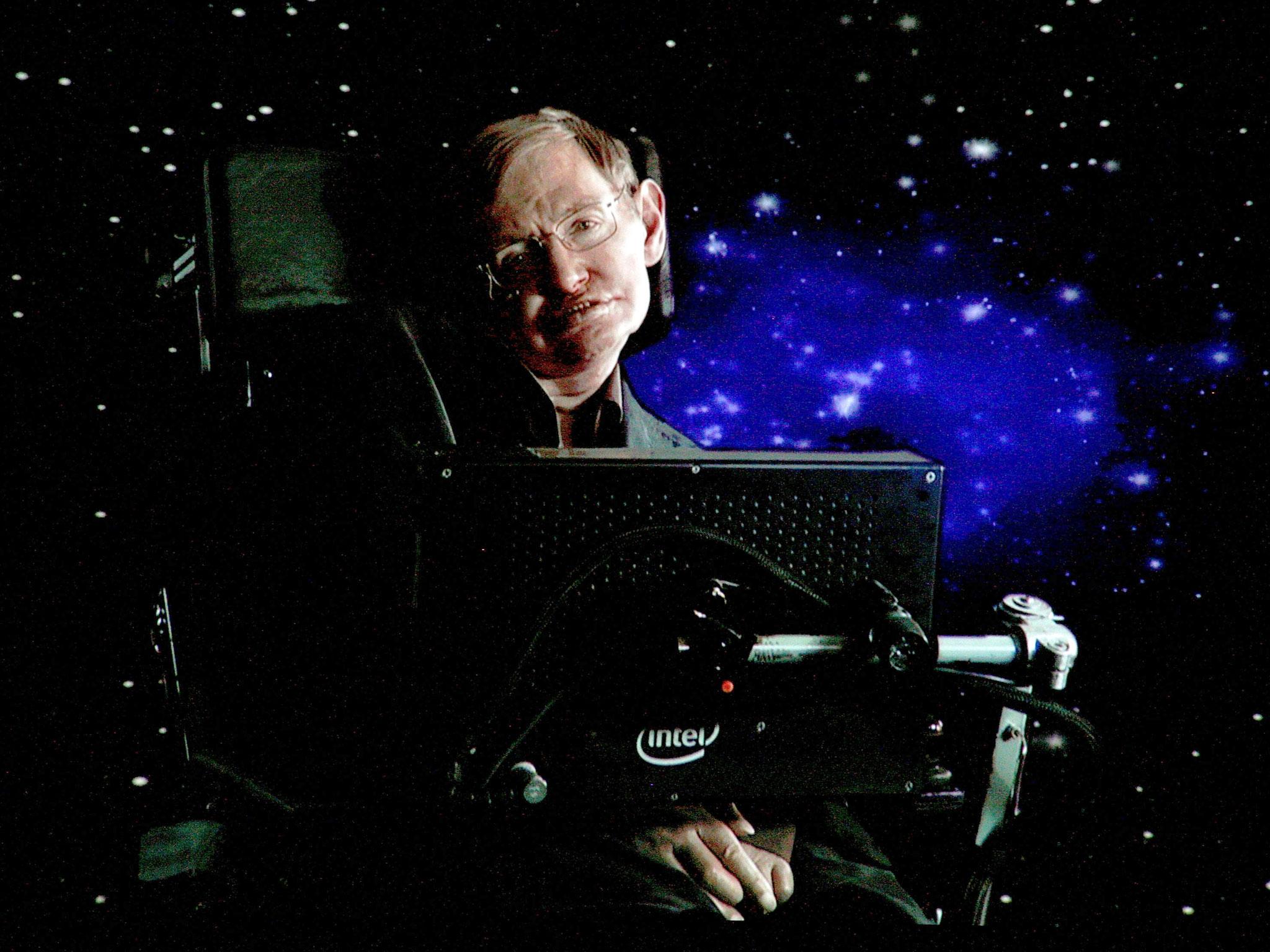Starshot Project: Stephen Hawking and Mark Zuckerberg launch most ambitious alien-finding project ever
The backers hope that the project can send tiny rockets 25 trillion miles into space in just 20 years – and send back pictures, potentially showing worlds that could support life

Your support helps us to tell the story
From reproductive rights to climate change to Big Tech, The Independent is on the ground when the story is developing. Whether it's investigating the financials of Elon Musk's pro-Trump PAC or producing our latest documentary, 'The A Word', which shines a light on the American women fighting for reproductive rights, we know how important it is to parse out the facts from the messaging.
At such a critical moment in US history, we need reporters on the ground. Your donation allows us to keep sending journalists to speak to both sides of the story.
The Independent is trusted by Americans across the entire political spectrum. And unlike many other quality news outlets, we choose not to lock Americans out of our reporting and analysis with paywalls. We believe quality journalism should be available to everyone, paid for by those who can afford it.
Your support makes all the difference.Tiny rockets are going to be sent into space to study the far universe in the most ambitious space exploration project in history.
Scientists including Stephen Hawking and backers such as internet investor Yuri Milner and Mark Zuckerberg will send “nano craft” deep into space to explore the most remote regions that humans have ever seen, by far.
The hugely ambitious project could reveal deep secrets of the universe and will allow people to photograph one of the most likely places to hold life on other worlds.
Professor Hawking said at the event: "What makes us unique is transcending our limits. Gravity pins us to the ground, but I just flew to America.
"How do we transcend these limits? With our minds and our machines.
"The limit that confronts us now is the great void between us and the stars. But now we can transcend it, with light beams, light sails, and the lightest spacecraft ever built. Today we commit to this next great leap into the cosmos, because we are human and our nature is to fly.”
The Starshot Project hopes to get the tiny robots out to the Alpha Centauri star system, 25 trillion miles away. Getting there through normal means would take 30,000 years – but the new project hopes that using the tiny rockets will allow them to get there in just 20.
Scientists think that the Alpha Centauri system might well have an Earth-like planet that could be found in its “habitable zones”. The craft will be able to take pictures of those – a potential way that they might find life on other worlds.
The crafts will be “gram-scale nano craft”, according to Yuri Milner, which will make their way through space using a “sail pushed by a light beam”. Their design will allow them to fly at 25 per cent of light speed.
Those craft will be able to send back images of possible planets and other scientific data, according to the scientists behind it.
"The human story is one of great leaps,” Dr Milner said. “Today we are preparing for the next great leap – to the stars.
"Can we literally reach the stars, and can we do it in our lifetime?"
The tiny rockets are made up of computers that can be mounted to a tiny “wafer”. Shrinking computer components mean that all of the necessary parts – cameras, thrusters, power supply and navigation equipment – can all be mounted on a tiny plate that will be a fully functional space probe.
Before those are built, the project will have to create all of the important parts on the ground. That includes the construction of a light-beamer that can power the rockets and a “mothership” that will be able to carry them all out into space and launch them.
Because of economies of scale and the decreasing price of computer components, the team will eventually be able to send out the rockets for just a few hundred thousand dollars, they said.
Join our commenting forum
Join thought-provoking conversations, follow other Independent readers and see their replies
Comments